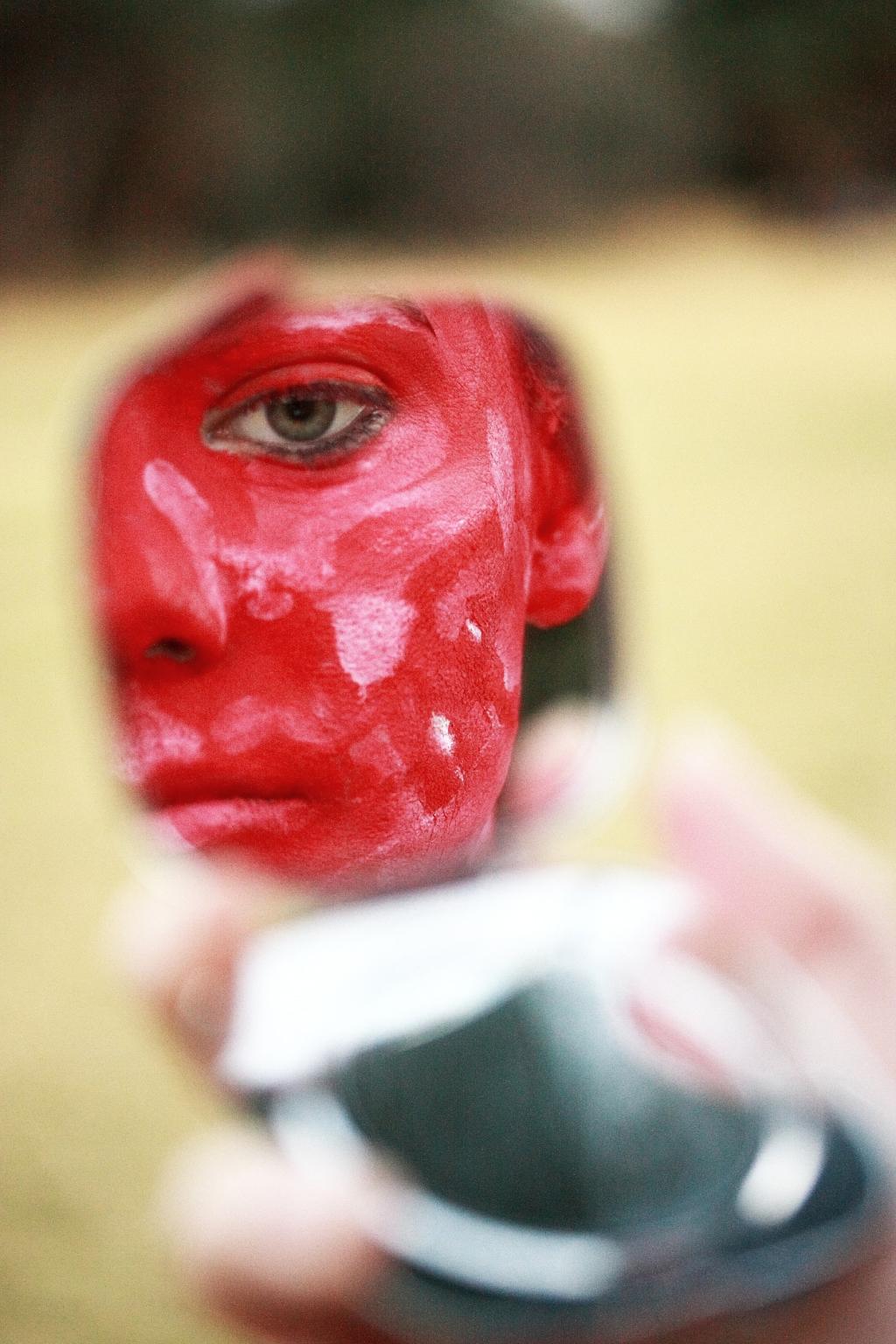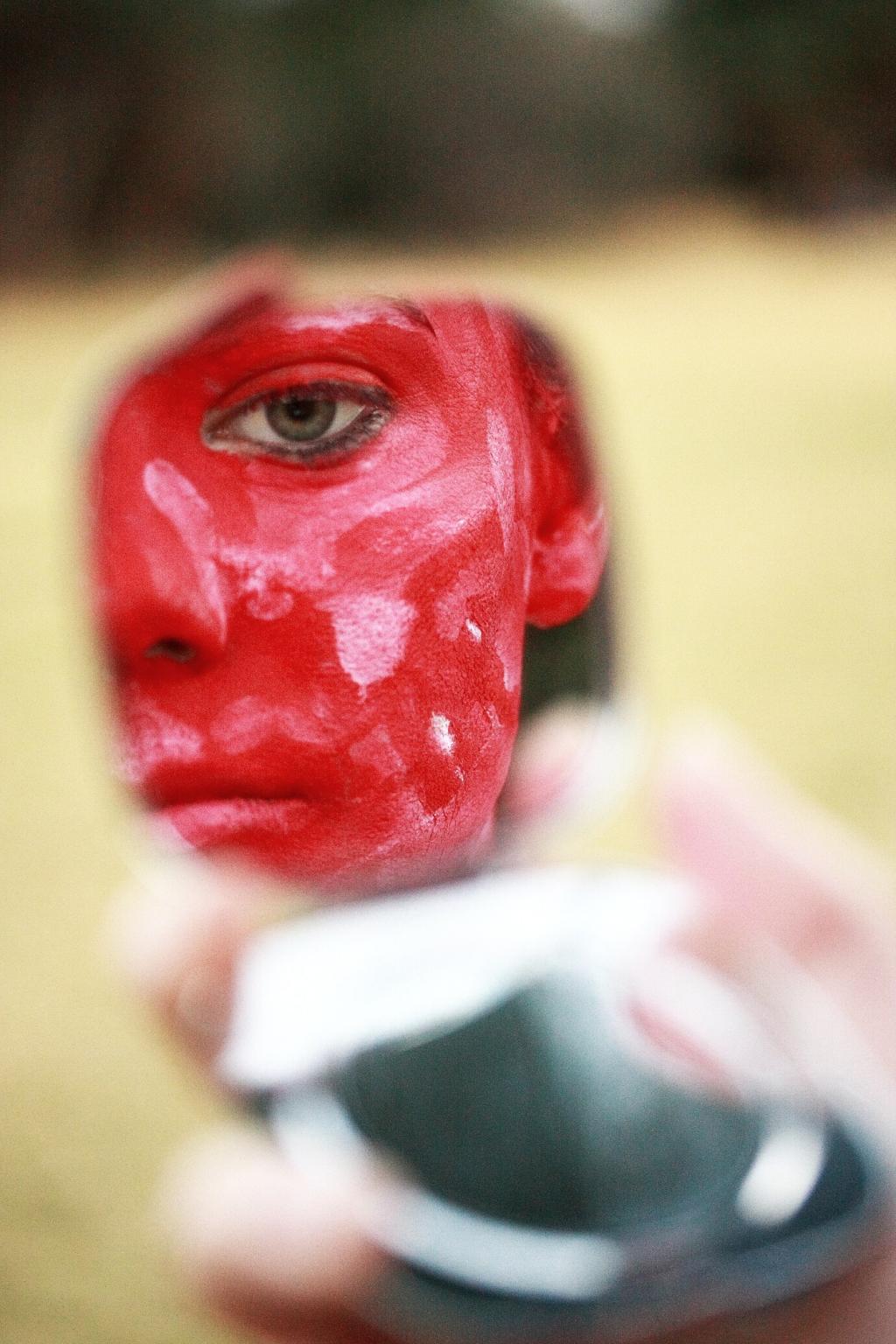Living in Facets: Incorporating Cubism into Contemporary Living Spaces
Chosen theme: Incorporating Cubism into Contemporary Living Spaces. Step into a home that feels like a gallery in motion—geometric, layered, and alive with perspective. Explore practical ideas, bold inspiration, and real stories that invite you to experiment, subscribe, and share your faceted journey.
A brief origin story with a homeward twist
Cubism began with Picasso and Braque dissecting reality into planes and shifting viewpoints. In living rooms, that spirit becomes layered surfaces, intersecting lines, and objects that reveal new angles as you move. It sparks curiosity without sacrificing comfort.
Principles turned into practical design moves
Think geometric clarity, overlapping shapes, and visual rhythm. Replace symmetry with dialogue: a polygonal table meeting a faceted lamp, colored planes creating depth. Every piece participates in a conversation that celebrates complexity while remaining intentionally composed.
Why Cubism suits contemporary life
Modern homes need adaptability and personality. Cubist thinking offers both—modular layouts, multi-perspective sightlines, and artful restraint. The result is a space that feels intellectually playful yet welcoming, encouraging guests to linger, explore, and ask questions.
Color, Planes, and Materials: Building a Faceted Foundation
Color blocking with intention
Anchor with chalk white, charcoal, and warm taupe. Introduce strategic primaries—ultramarine, cadmium red, mustard ochre—on planes rather than trims. Keep saturation balanced and let negative space breathe so bold tones read as statements, not chaos. Share your palette experiments with us.
Materials that hold an edge
Pair oak veneer and matte lacquer with ribbed glass, terrazzo, and powder-coated metal. Concrete microtopping or limewash adds gentle depth. The goal: crisp silhouettes meeting tactile warmth. If you have material samples, post photos and ask the community for combination feedback.
Textures that sculpt light
Bouclé, felted wool, and slub linen soften geometry without diluting it. Fluted wood and prismatic glass refract light into gentle facets. Mix matte and gloss to animate surfaces throughout the day. Tell us which textures calm your space while keeping the Cubist spark alive.
Choose a statement item with sculptural clarity: a polygonal coffee table, a cantilevered console, or an angular lounge chair. Keep adjacent forms complementary, not competing. Aim for dialogue—one lead actor, several strong supporting roles. Snap your hero piece and tag us for feedback.


A statement wall without the chaos
Mask broad diagonal or orthogonal planes in two to three hues, keeping edges clean and proportions calm. Add a shallow relief panel for subtle shadow. The goal is rhythm, not noise. Post your painter’s tape progress—we love cheering on courageous first strokes.

Curating Cubist art thoughtfully
Mix prints from early pioneers with contemporary local artists exploring geometry and collage. Leave generous negative space and stagger frames by height. Resist overfilling; let pieces converse. Share your gallery wall grid and we’ll help fine-tune spacing and sequence.

Lighting that sculpts dimension
Choose prismatic pendants, angular sconces, or mobile-like chandeliers. Layer warm-white ambient light with precise spots to graze textured planes. Aim for high color rendering so pigments read true. Comment with your room size, and we’ll suggest fixture types and beam angles.
Small Space, Big Facets: A Real Apartment Story
The challenge and constraints
A 38-square-meter rental, low budget, beige fatigue. The couple loved art but feared visual clutter. Their wish: a space that felt curated, not cramped, and could flex for work dinners. What’s your biggest constraint—budget, landlord rules, or decision paralysis?
The transformation, step by step
They taped a two-plane wall in chalk white and ultramarine, thrifted a faceted side table, and swapped a saggy sofa for a compact angular loveseat. Nesting tables replaced a bulky desk. Share your before photo; we’ll crowdsource a first-step plan for you.
The result and key takeaways
The room felt taller, brighter, and intriguingly layered. Fewer objects, sharper silhouettes, softer textures. Friends asked what changed beyond paint—the answer was perspective. Start with one plane and one geometric hero. Subscribe for their full budget breakdown and source list tomorrow.
Sand lightly, prime, then tape overlapping polygonal fields. Paint two harmonious neutrals and one accent. Seal matte for a gallery feel. Test your palette on cardboard first. Post your draft shapes and we’ll vote on the most balanced composition.
